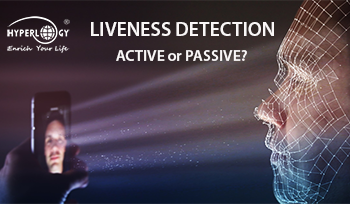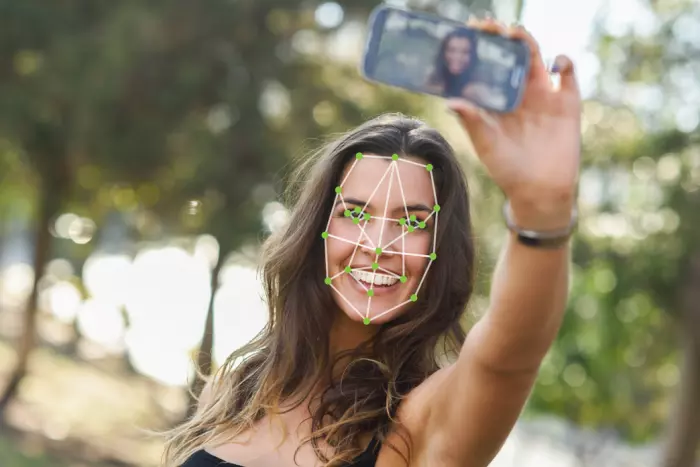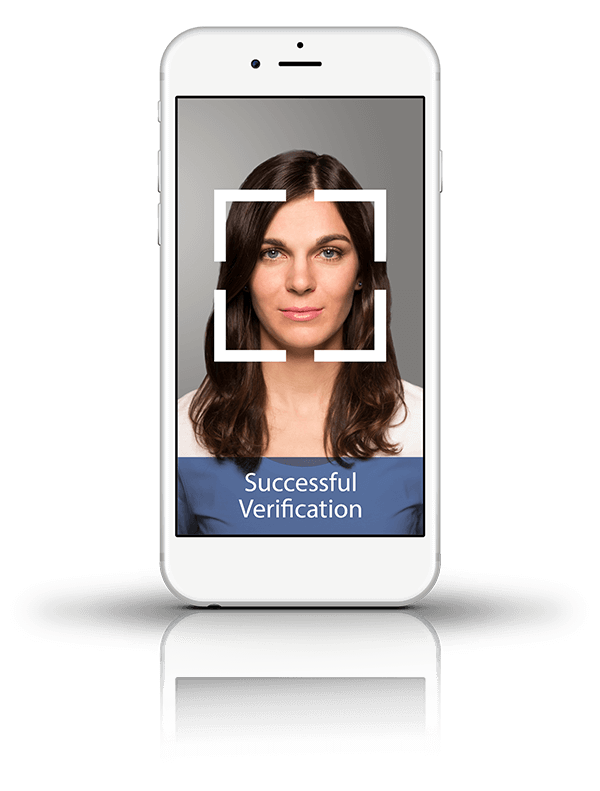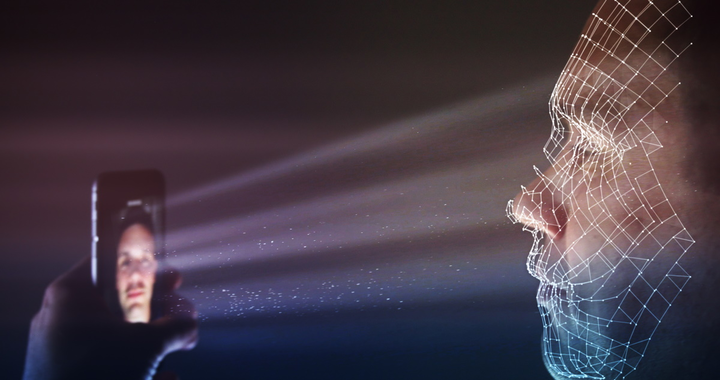- September 19, 2020
- Posted by: Đào Nhật Minh
- Category: Hyperlogy news, Technology news

What is Liveness Detection?
Face Biometric is rapidly being adopted by customers and organizations as a convenient way to verify identity. The technology feature works by comparing a user’s facial features to a registered biometric sample for identity verification. Although it can replace traditional security methods such as answering “secret” questions and entering PIN codes, facial biometrics are not enough to check whether it is the face of a living entity, or just high quality printed photos, recorded video.

To complement and increase the efficiency of facial biometrics, Liveness Detection (Identification of Living Entity) was born to help measure and analyze physical characteristics and reactions to determine whether biometric samples are shooted from liveness subjects presenting at the shooting point. To put it simply, this is a method of verifying real people, helping to prevent forms of face tampering with printed photos, photos on videos, 3D masks… ensuring accuracy throughout the customer identification process electronics (eKYC).
Distinguishing Active / Passive Liveness Detection
There are many different approaches to identify living entities. At a high level, this technology can be classified in the form of Active or Passive:
 Active Liveness Detection requires the user to participate in the living examination process by performing on demand. For example, some systems will ask the user:
Active Liveness Detection requires the user to participate in the living examination process by performing on demand. For example, some systems will ask the user:
+ Turn head to right / left
+ Nodding
+ Watch a moving bright spot on the screen
+ Smile
+ Read a sentence or a sequence of numbers…
Passive Liveness Detection does not require action from the user, but will automatically identify liveness by techniques, automatically distinguishing photos, videos are fake, human faces are real. For high-quality cameras, this technology can identify by image quality: blur image (blurred image), 3D TOF image, Infrared, Lidar. (We will clarify these photo concepts in a later article.)
The most obvious difference between the two is related to user experience. For Active Liveness Detection, users need to manipulate according to system requirements, many operations will take a lot of time. Meanwhile, Passive Liveness Detection does not require the user to take any action.
Application of Active and Passive Liveness Detection
Liveness Detection technology combined with Face Biometrics provide powerful authentication and identification capabilities. This will help organizations / enterprises:
Automate the Digital Onboarding process
Digital Onboarding – Process with technology support, allowing new customers to register products or services on mobile devices or computers instead of going to offices or branches greatly increase the chances of opening range of customers for organizations and enterprises. The Liveness Detection application will help service providers increase authenticity, avoid potential risks, speed up the Onboarding process, and improve user experience.

Improving security for users
For any digital channel like a phone application, chatbot, or virtual assistant, using Liveness Detection is very important. Thanks to real-time identification, this technology helps prevent attacks and theft of user information.
Increase verification step in checkout
Today, in the context of the uncontrolled COVID 19 epidemic, non-cash payments are chosen by many users because of its convenience. However, this is also a vulnerability that increases all forms of fraud. Face authentication combined with passive liveness entity identification provides additional elements of authentication for high-risk payment transactions, preventing potential security vulnerabilities.
Therefore, Active Liveness Detection is usually applied at devices located in branches where there is human control. Passive Liveness Detection will be used in independent places, outside branches or offices. And whether it is Active or Passive, there is no absolutely safe method, but for transactions of great value, need high security, we need to apply multimodal, for example, apply receive biometrics via voice, fingerprint, palm…
Hyperlogy applied Liveness Detection with a series of high-tech products
Currently, along with AI, Neural technologies… Liveness Detection 2D / 3D has been researched, developed and integrated into the SMART DIGITAL BANK ecosystem by Hyperlogy. With the support of Biometric, Deep Learning, Liveness Detection 2D / 3D, MOBILE eKYC solution allows providers to check and compare personal information instantly with the database on customer identity.
Not limited to the field of Finance – Banking, Hyperlogy also applies to high-tech product chains in many other fields: Insurance, Tourism, Retail, Telecommunications… with the orientation of helping organizations and enterprises to build a solid foundation in the digital transformation process, gradually bringing convenient products and services to meet the increasing demands of users.
